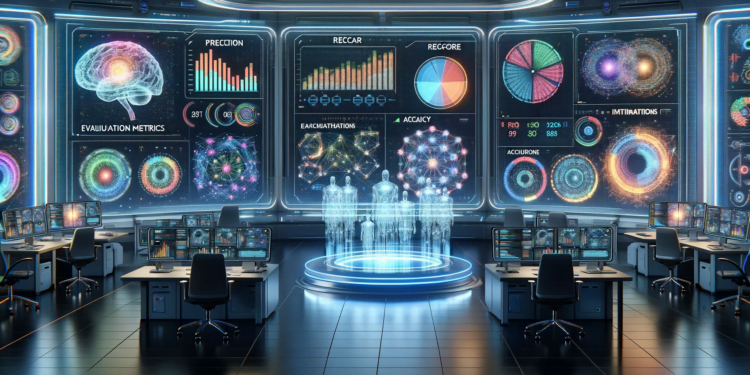In the field of artificial intelligence (AI), rule-based reasoning remains one of the most traditional and enduring paradigms. This approach is grounded in formal logic, where inference systems are designed to apply a set of predefined rules to a collection of facts to derive new conclusions. Taking the form of If-Then statements, these systems execute inference operations following principles of deductive logic, pattern matching modalities, and conflict resolution strategies.
The Evolution towards Sophisticated Inference Engines
Simultaneous with the advancement of more data-centric AI methods like deep learning, rule engines have undergone significant evolution. The most notable qualitative leap has undoubtedly been the integration of probabilistic methods and fuzzy logic into rule-based systems. This integration allows for more effective handling of uncertainties and vague or imprecise knowledge. In contexts where absolute accuracy is unattainable, such as medical diagnosis or risk assessment, this functionality has proven to be particularly valuable.
Advancements in Algorithms: Hybrid and Autonomous
While expert systems at the dawn of the AI era were rigid and static, contemporary rule systems are dynamic and self-evolving. Algorithms such as particle swarm optimization (PSO) and genetic algorithms have been applied to refine the rules and their parameters, improving the adaptability and precision of these systems. Moreover, meta-learning techniques are emerging to enable rule systems to adjust their own learning process, a capability previously relegated to traditional machine learning domains.
Emerging Applications: Case Studies
A distinct example of contemporary rule-based system application is in business process automation (BPA). A rule-based system can model the flow of business events and tasks, providing exceptional management of exceptions and operational fluidity. Another significant domain is in configuring recommendation systems, where the rules can guide the system to dynamically adjust proposals to users based on their real-time interaction with the system.
Overcoming Past Limitations
Historical obstacles associated with rule-based reasoning have been mitigated with new architectures and integration strategies. By combining with neural networks, hybrid rule-neural systems address complex multivariable problems, such as those found in computer vision and natural language processing (NLP), while maintaining the interpretability inherent to the rule-based approach.
Algorithmic Dissection: From Backward Chaining to Optimized Forward Chaining
Characteristic of contemporary artificial intelligence’s backpropagation, rule-based systems adopt both forward chaining and backward chaining structures. Forward chaining enables the proactive generation of new inferences, thus optimizing predictive processing, while backward chaining is anchored in the reactive analysis of the underlying causes of certain facts.
Leading Edge: Explainable AI and the Ethics of Rule-Based Systems
The ethical implications and the demand for explainable AI systems converge in the rule-based reasoning method. The transparency and ease of breaking down the deductive process of a rule-based system strengthen its profile in sensitive applications, such as clinical decision-making and financial credit adjudication. Compliance with regulatory frameworks like the GDPR in Europe has driven the adoption of such systems due to their ability to provide “explanations” for the decisions made.
Projections: Integration of Rule-Based Reasoning and Deep Learning
As we move forward in the AI landscape, one of the most promising directions is the fusion of rule-based reasoning with deep neural networks. Such integration can endow deep learning models with a conceptual skeleton, facilitating error diagnosis, prior knowledge injection, and generalization from few examples. Projects like DARPA’s Explainable Artificial Intelligence (XAI) are directing resources towards such synergy, aspiring to model an AI that not only learns in depth but also reasons with clarity.
Contribution and Innovative Value
The innovative value of this approach is evident in its capacity to address some of the current limitations of AI, particularly regarding trust and transparency. Rule-based reasoning, when combined with cutting-edge algorithms, holds the potential to contribute to the development of socially, ethically, and regulatory sensitive and responsible AI. With systems that continue to learn and adapt, the future of rule-based reasoning in AI points to an unprecedented convergence of logical rigor and cognitive adaptability.






















